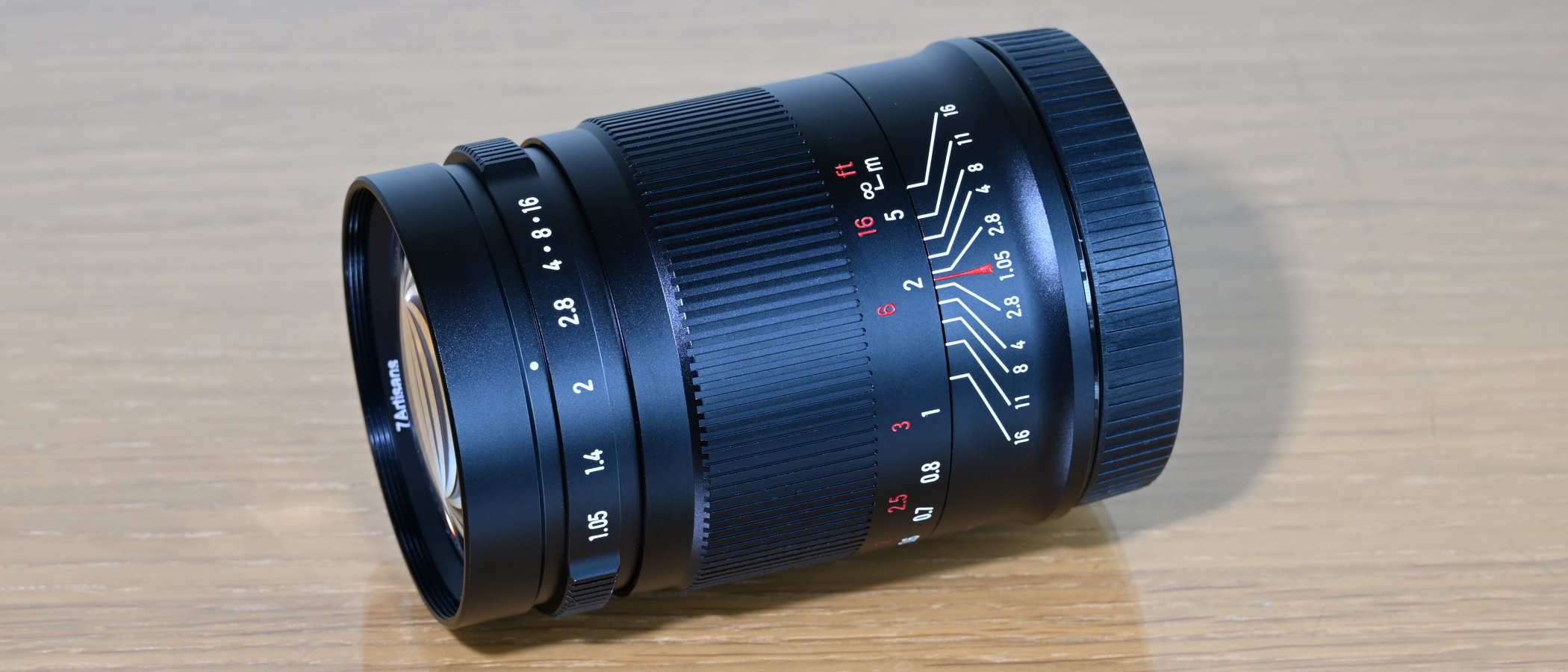Digital Camera World Verdict
The super-fast 7Artisans 50mm f/1.05 combines impressive sharpness with sumptuously smooth bokeh. When it comes to image quality, that’s the perfect combination for a lens of this class. Added bonuses are that both lateral and longitudinal colour fringing are negligible, and barrel distortion is very slight. The lens lacks autofocus and has no built-in electronics, so focus and aperture have to be adjusted via the onboard control rings. Even so, it’s amazingly small and lightweight for such a fast-aperture lens, is strongly built and has refined handling characteristics, making it standout value for money.
Pros
- +
Super-fast f/1.05 aperture rating
- +
Well-rounded 13-blade diaphragm
- +
Stepless aperture control ring
Cons
- -
Fully manual, electronics
- -
No hood supplied or available
- -
Lacks weather-seals
Why you can trust Digital Camera World
The 7Artisans 50mm f/1.05 breaks the mold. Think super-fast prime lens and you’re probably thinking of big, hefty glass with a preposterous price tag. A notable example is the manual-focus Nikon Z 58mm f/0.95 S Noct, which weighs in at a whopping 2,000g and sells for £8,299/$7,997.
Designed for mirrorless cameras and available in Canon RF, Leica L, Nikon Z and Sony FE mount options, this 7Artisans lens is less than a third of the weight of the Noct, and costs just 6 per cent of the price to buy. So what’s the catch?
The most obvious is that this is a manual focus lens and that it doesn't even have electronic connections for the camera to control the lens aperture. But how does the image quality stack up?
Specifications
Mount: Canon RF, Leica L, Nikon Z, Sony FE
Lens construction: 10 elements in 7 groups
Angle of view: 46 degrees
Diaphragm blades: 13
Minimum aperture: f/16
Minimum focusing distance: 0.57m
Autofocus type: Manual only
Filter size: 58mm
Dimensions: 61x86mm
Weight: 606g
Key features
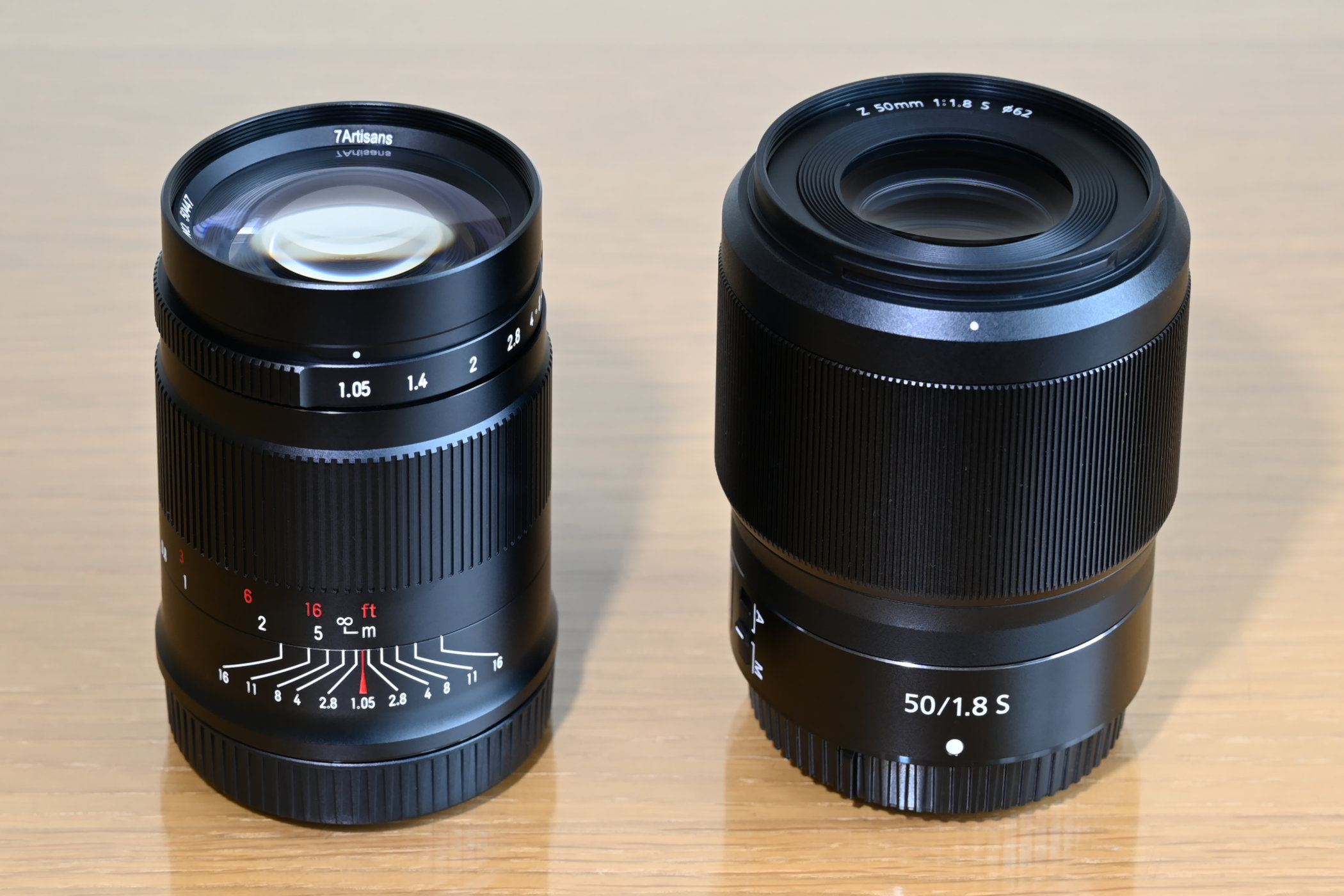
The 7Artisans 50mm f/1.05 caters to all the major mirrorless mount options. We tested the Nikon Z edition. The standout feature is naturally its blisteringly fast aperture rating, surprisingly shoehorned into an amazingly compact and lightweight build. It’s actually slightly smaller than Nikon’s comparatively pedestrian Z 50mm f/1.8 S, and even has a smaller filter thread at 58mm compared with 62mm, despite the need to pull in all that extra light.
Not just a manual-focus lens, this one’s purely mechanical and has no built-in electronics whatsoever. You therefore need to adjust the iris via the lens’s aperture control ring rather than from the camera body, limiting the range of semi-automatic PASM shooting options. The focus direction and confirmation indicators in the viewfinder and on the rear screen of Nikon Z cameras are also disabled, but the focus peaking option works a treat. You can also enable the in-body stabilization of Nikon full-frame Z cameras by entering the relevant ‘non-CPU lens data’ in the setup menu.
The lens’s optical path is based on 10 elements in 7 groups, of which two are ULD (Ultra Low Dispersion) elements. The aperture control ring has no click-stops, which is a bonus when shooting video. The aperture diaphragm itself has no less than 13 blades and is particularly well-rounded.
Build and handling
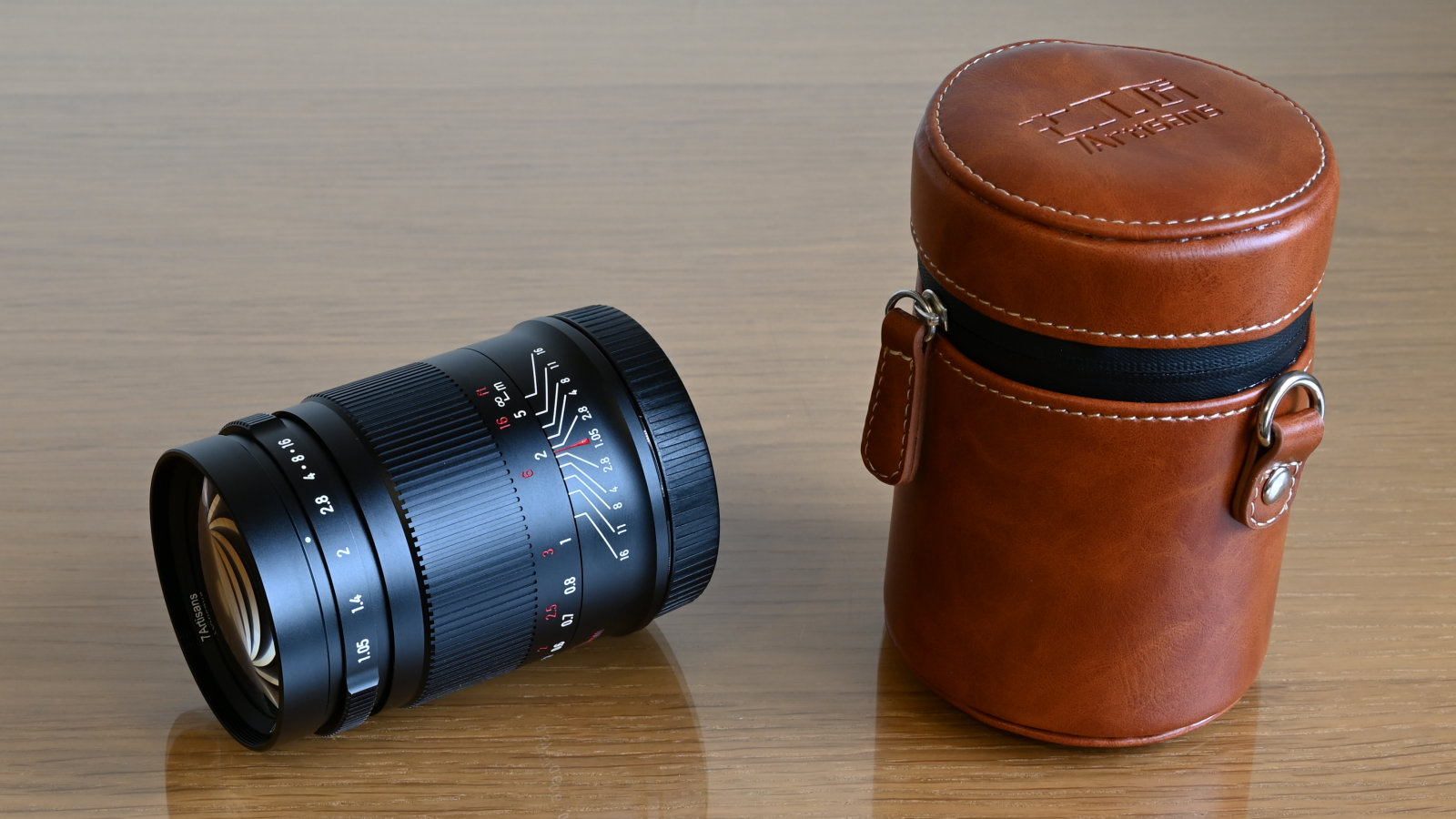
Build quality feels solid and robust. Both the inner and outer barrel are crafted from metal, the inner one extending at shorter focus distances. The supplied slip-on front lens cap is also metal but, by contrast, the mounting plate is made from high-grade plastic, unlike the metal plate of 7Artisans’ sibling 10mm fisheye lens. There are no weather-seals, neither on the mounting plate nor elsewhere around the joints.
Handling benefits from a smoothly operating focus ring with sufficient rotational travel to enable good precision throughout the entire range, from 0.57m to infinity. A focus distance scale is clearly marked on the ring, calibrated in feet and metres, and the rearward adjacent section of the barrel has depth of field markings for f/1.05 (negligible), f/2.8, f/4, f/8, f/11 and the narrowest available aperture of f/16. This is a particular bonus for ‘zone focusing’, enabling you dial in the minimum and maximum distances at which objects will be rendered sharply, for any marked aperture setting.
The stepless or ‘de-clicked’ aperture ring operates with a similarly smooth action but, while it’s a bonus for video capture, there’s a bit of guesswork involved in setting precise apertures for stills between f/4 and f/16.
Performance
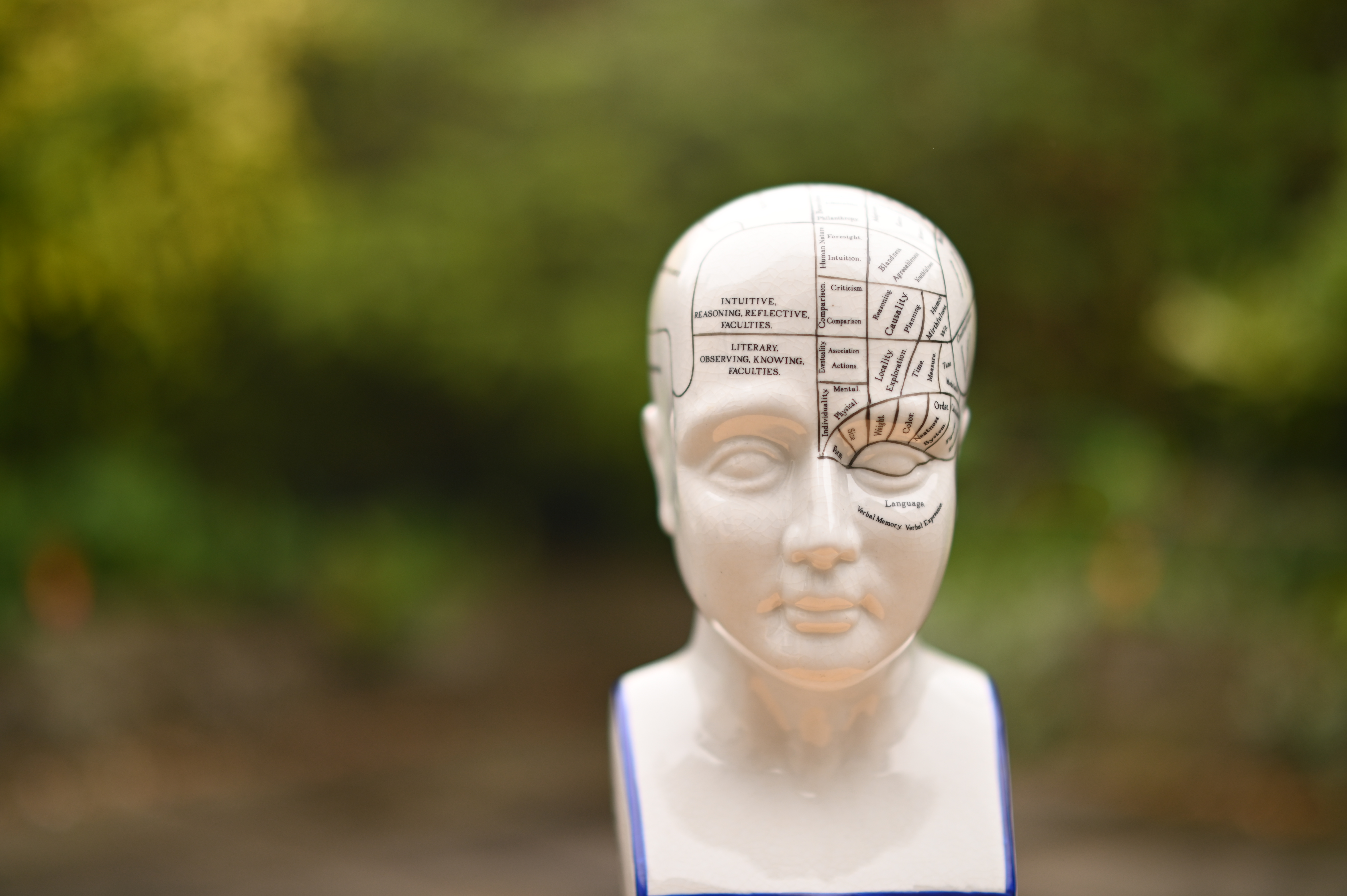
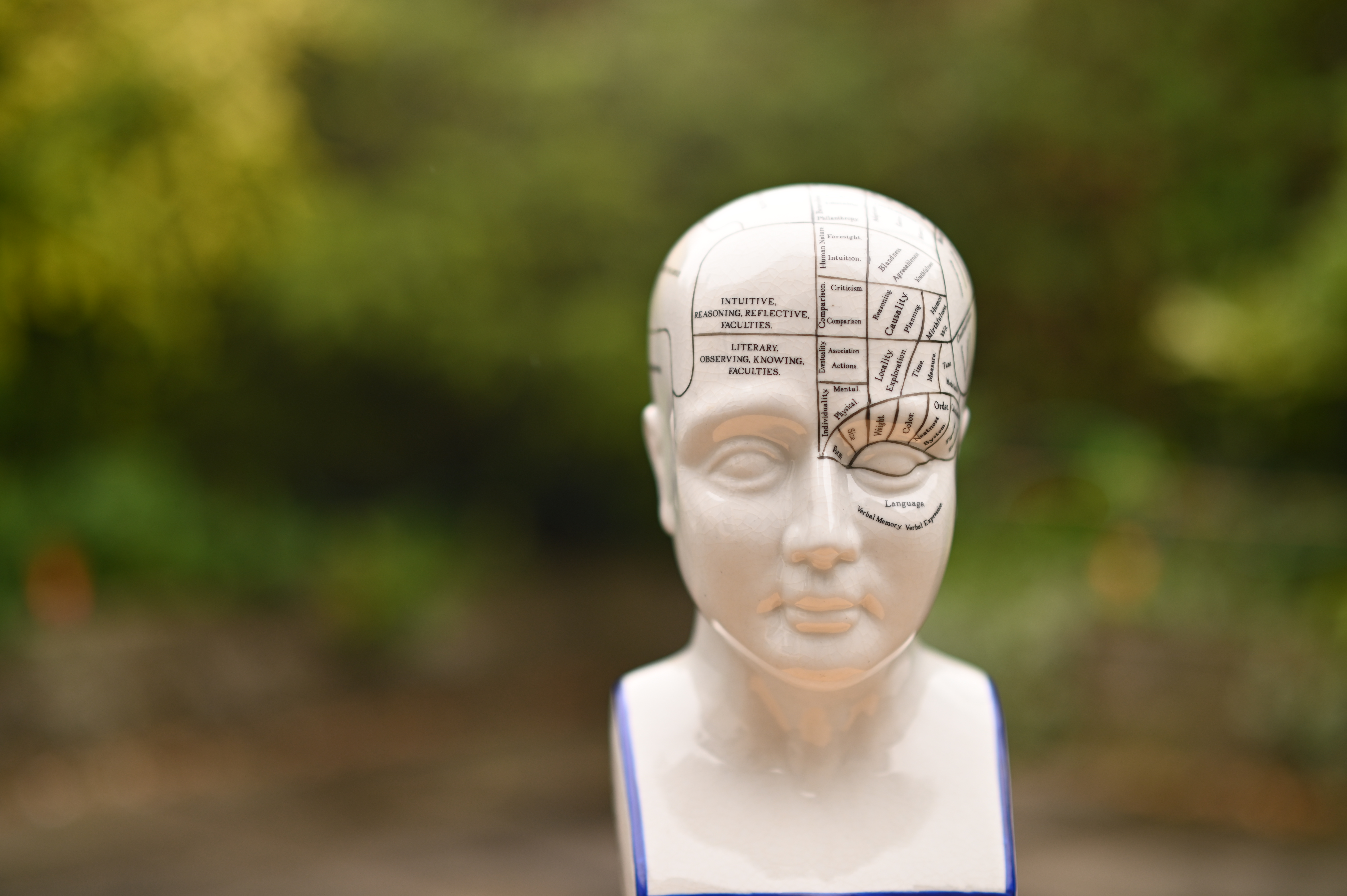
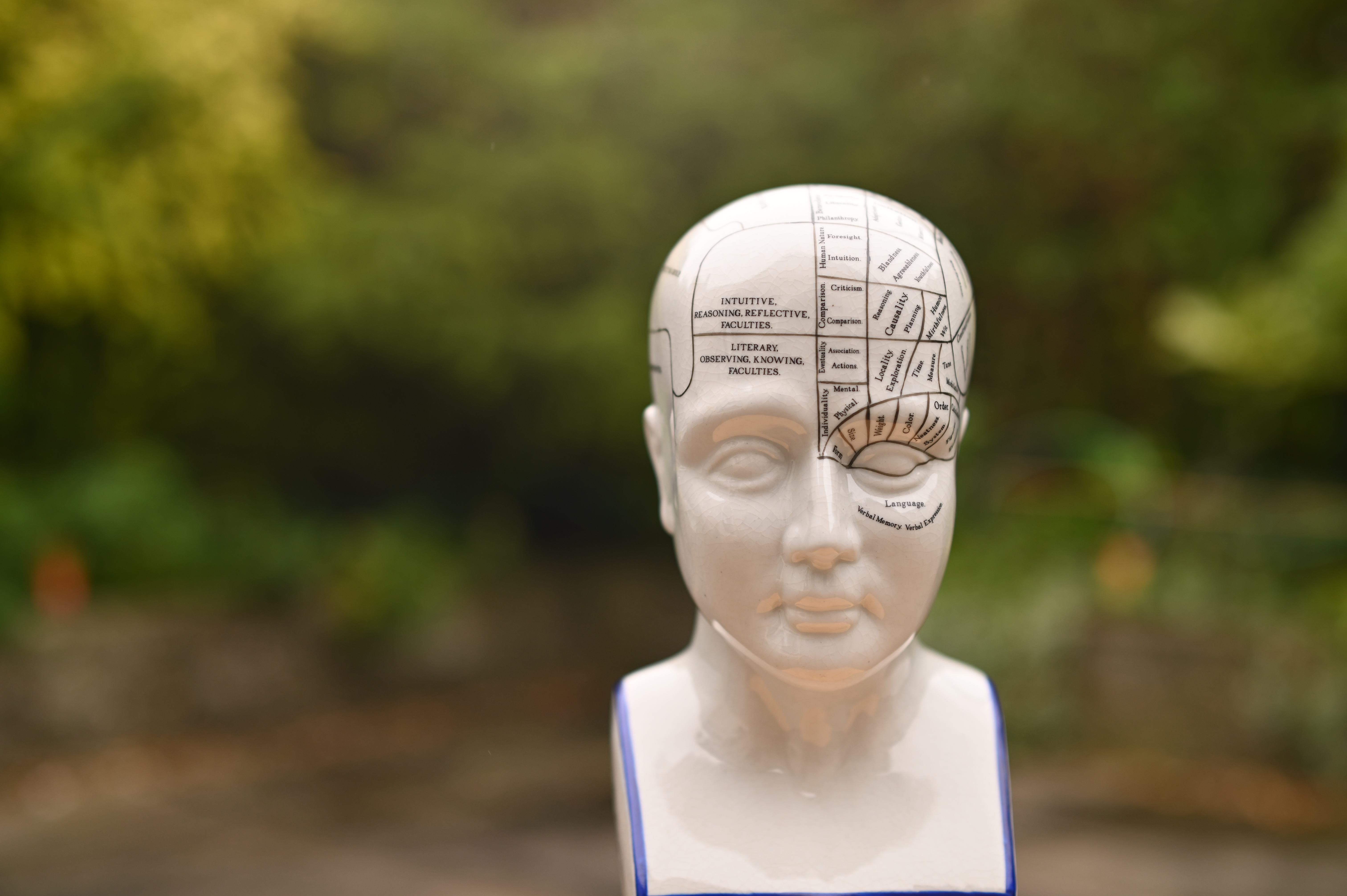
Sharpness is highly impressive at apertures of f/2 and narrower and, for such a fast-aperture lens, holds up very well even when shooting wide-open at f/1.05. What’s arguably more important for this type of lens is the quality of bokeh, and that’s where the 7Artisans really excels.
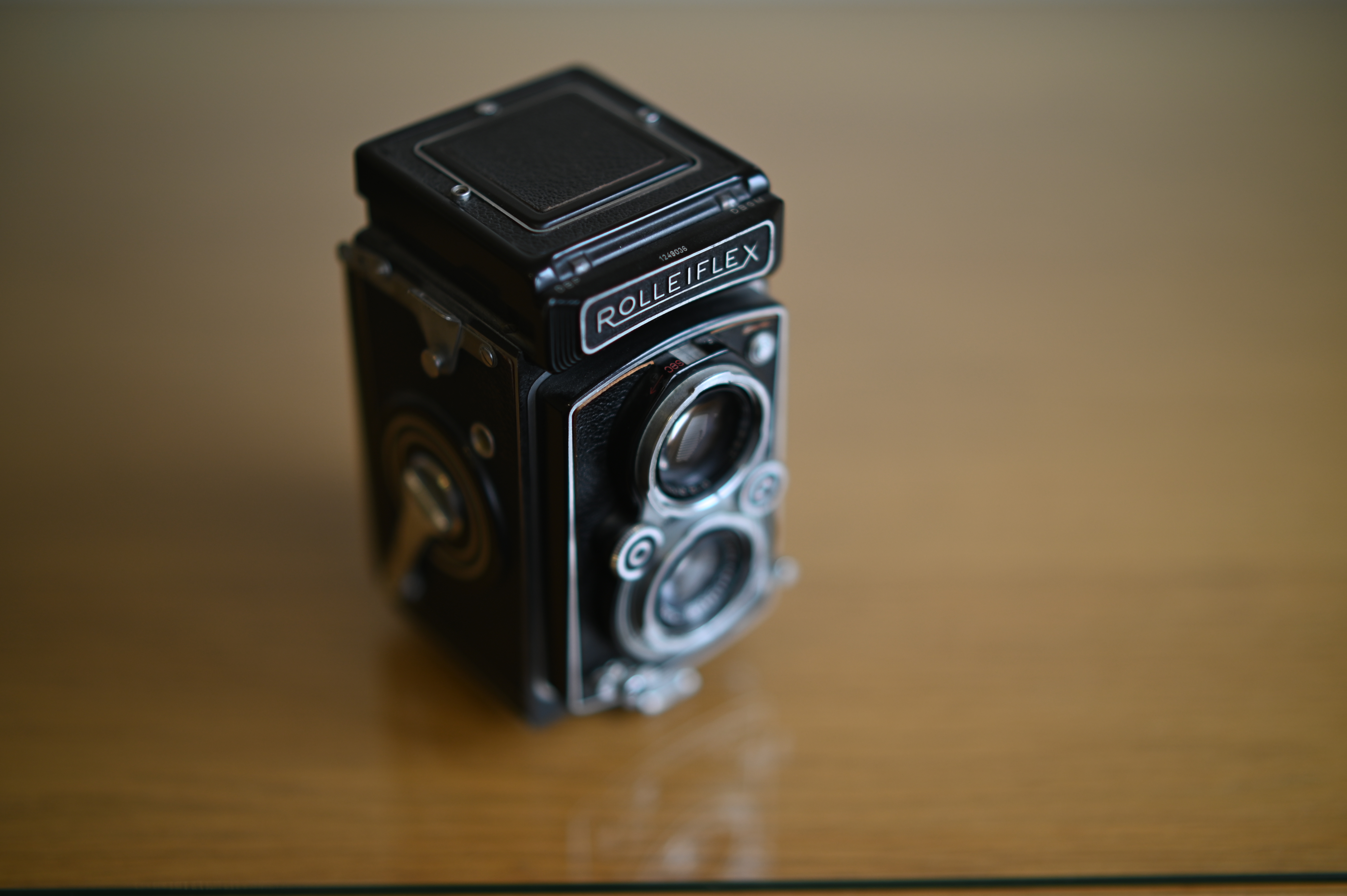
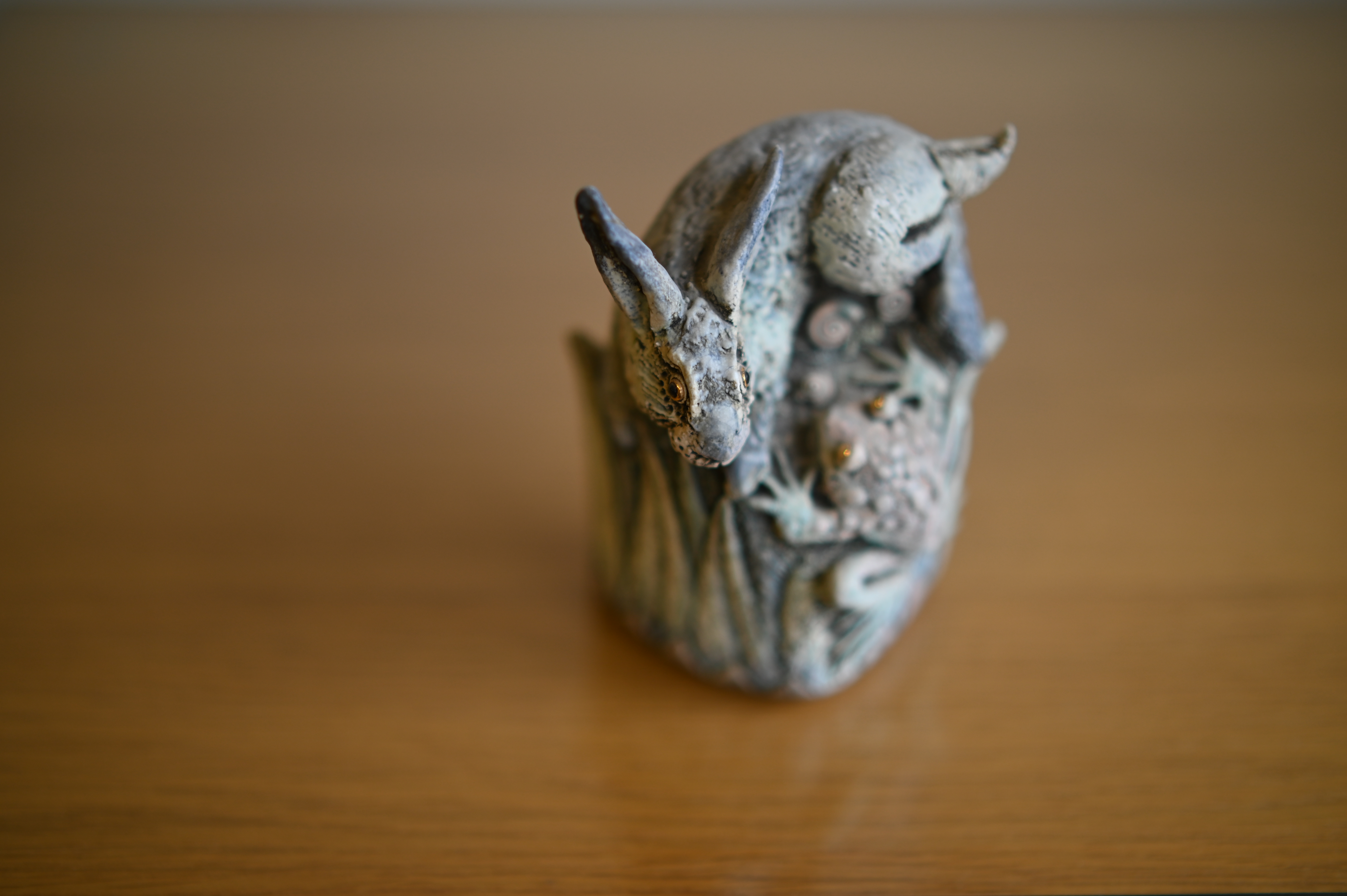
Depth of field is really tight at f/1.05, enabling you to isolate subjects against blurred surroundings. The quality of defocused areas is lusciously smooth and dreamy, and the transition between sharp and blurred areas looks entirely natural with a soft progression.
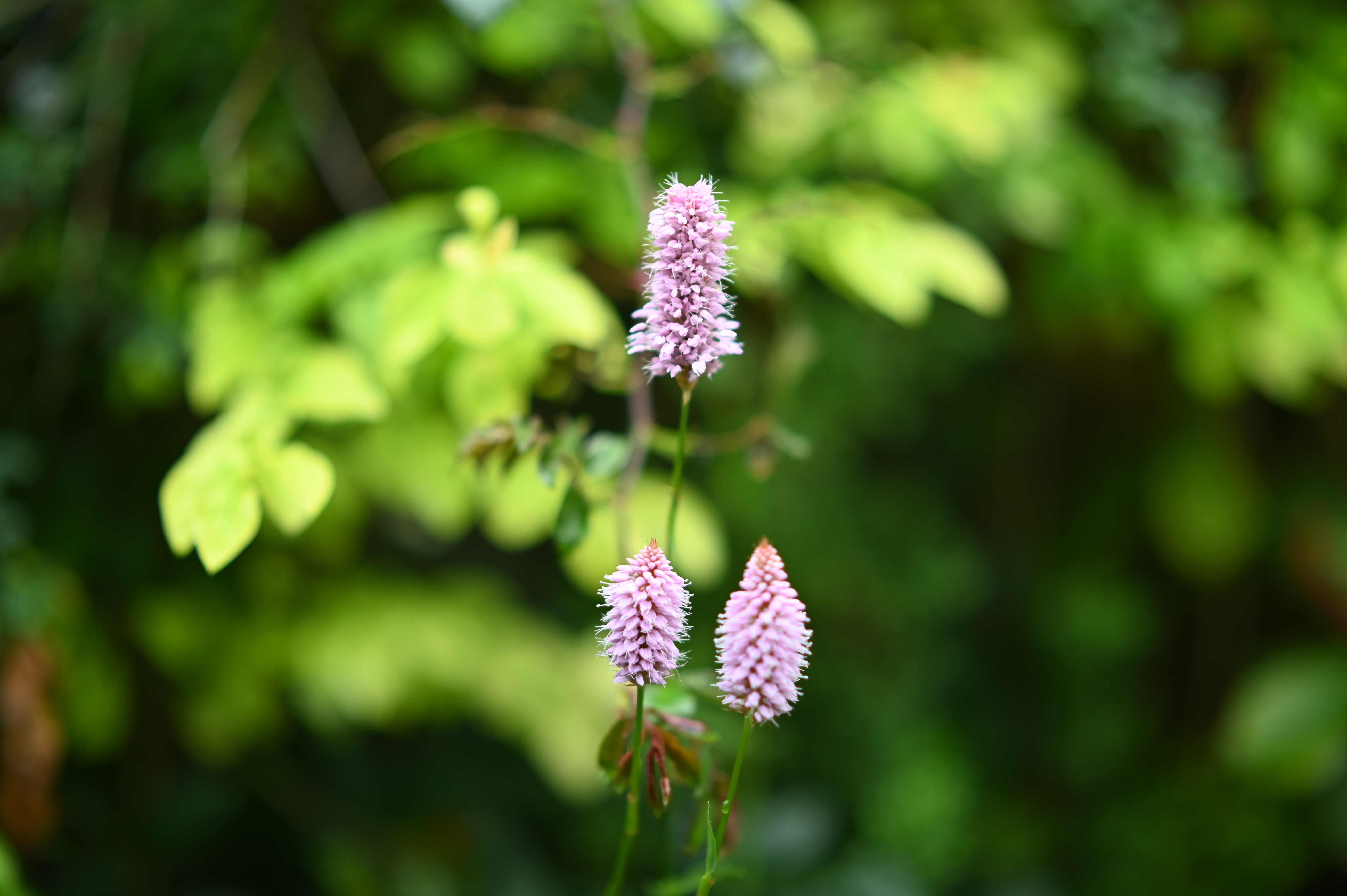
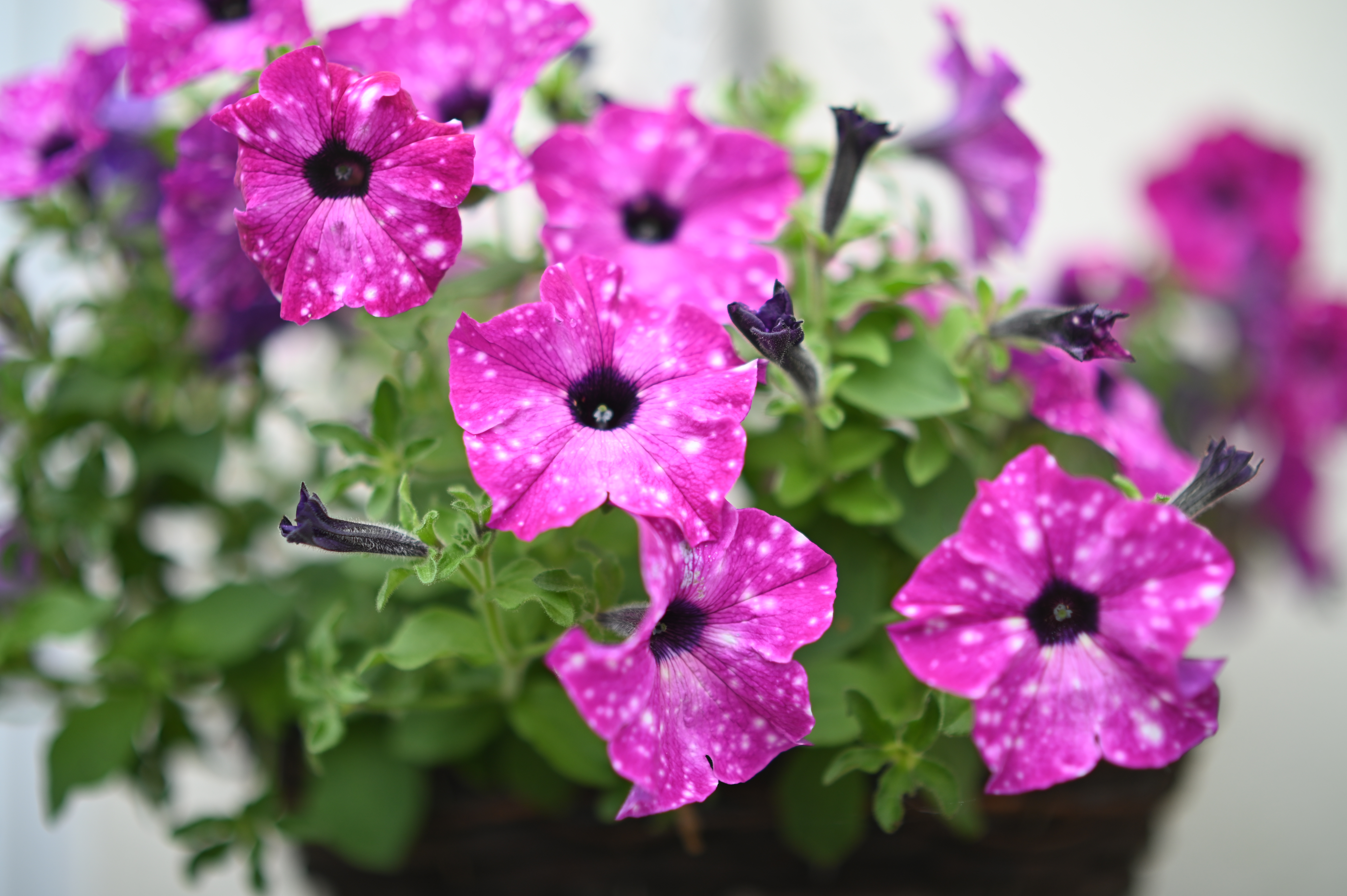
Fast lenses often suffer from noticeable axial chromatic aberration (bokeh fringing), where high-contrast edges of objects in front of and behind the point of focus, typically taking on red, green or blue fringes anywhere across the image frame. The 7Artisans keeps this fringing to a bare minimum and performs much better than many much pricier fast lenses that we’ve tested. Another bokeh bonus is that defocused pinpricks of light and other bright objects keep a fairly well-rounded appearance when shooting wide-open, even away from the central region of the frame. These ‘bokeh discs’ remain very circular and uniformly outlined when stopping down, thanks to the extremely well-rounded 13-blade aperture diaphragm.
Lab results
We run a range of lab tests under controlled conditions, using the Imatest Master testing suite. Photos of test charts are taken across the range of apertures and zooms (where available), then analyzed for sharpness, distortion and chromatic aberrations.
We use Imatest SFR (spatial frequency response) charts and analysis software to plot lens resolution at the centre of the image frame, corners and mid-point distances, across the range of aperture settings and, with zoom lenses, at four different focal lengths. The tests also measure distortion and color fringing (chromatic aberration).
Sharpness:
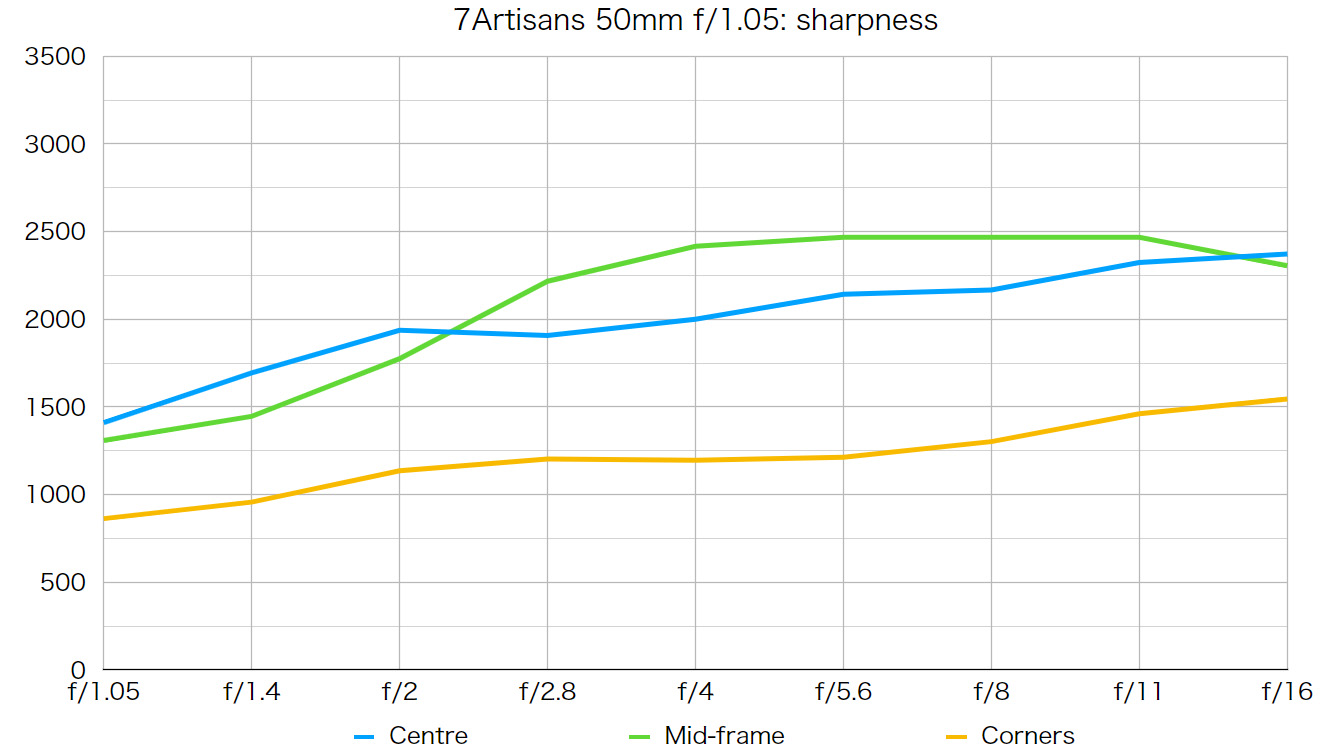
Sharpness is excellent overall, only dropping off a little at the very widest apertures between f/1.05 and f/1.4. One curiosity is that, at apertures between f/2.8 and f/11, sharpness is even better in the outlying area of the image frame, between the centre and the edge.
Fringing:
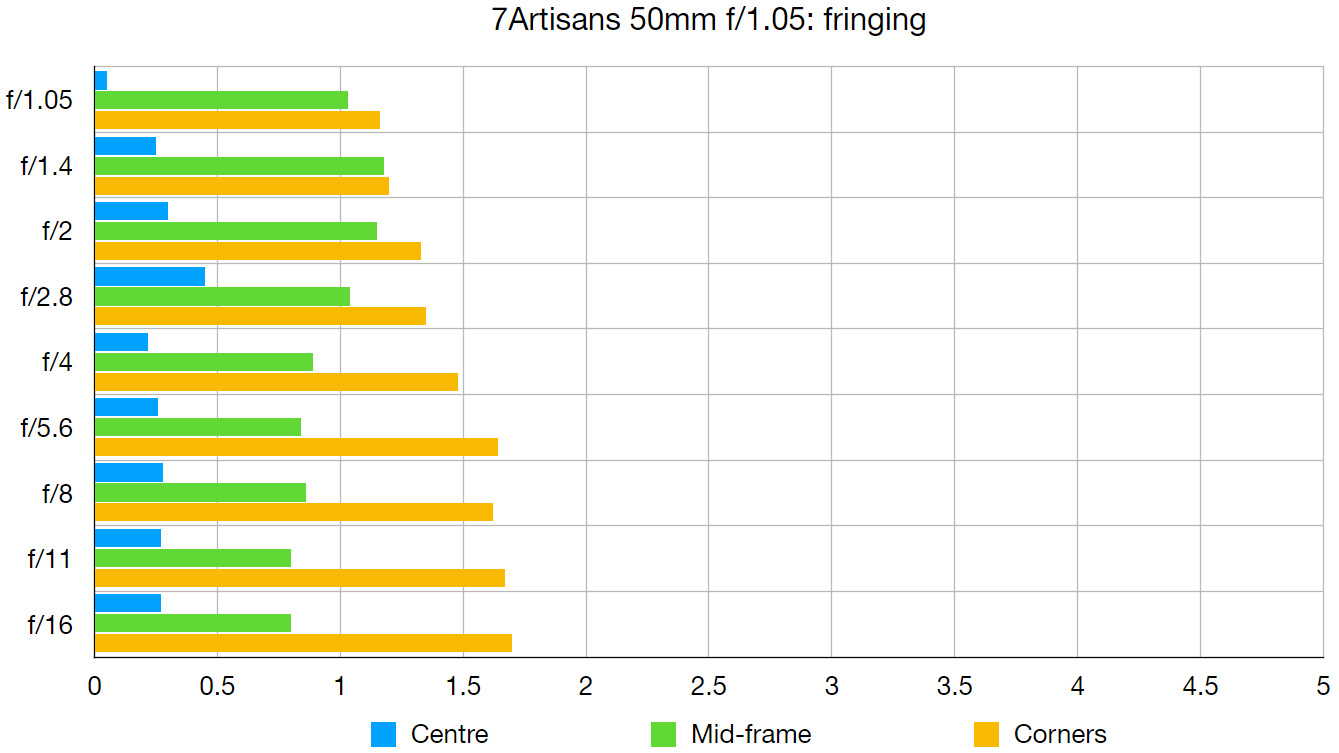
There’s very little in the way of colour fringing. Lateral chromatic aberration towards the edges and corners of the frame is quite negligible, even when uncorrected. For such a fast lens, axial/longitudinal chromatic aberration is particularly well controlled, even at the widest aperture.
Distortion: -0.65
There’s just a hint of barrel distortion but it’s so slight that it’s almost impossible to spot in the vast majority of subject matter.
Verdict
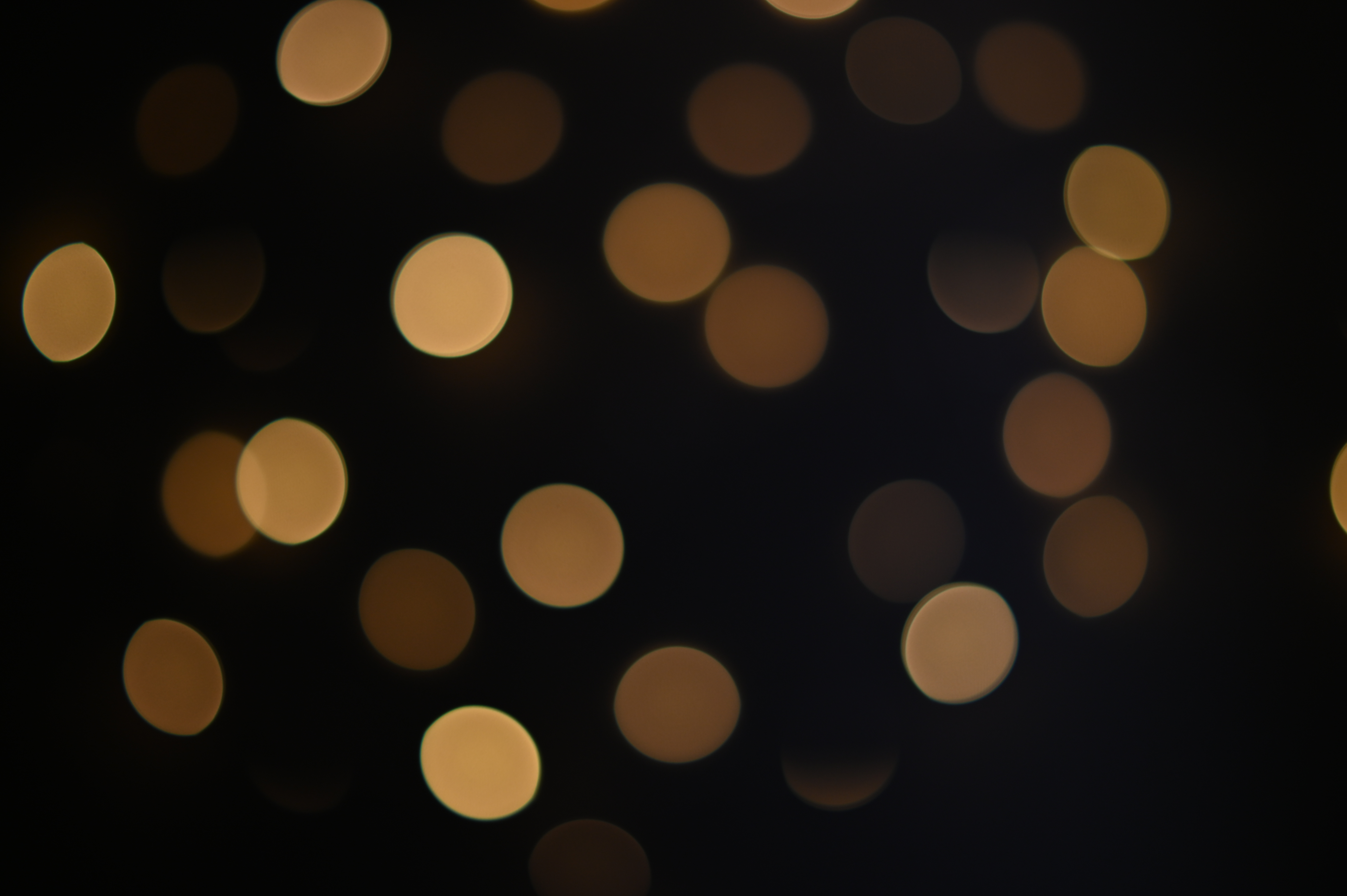
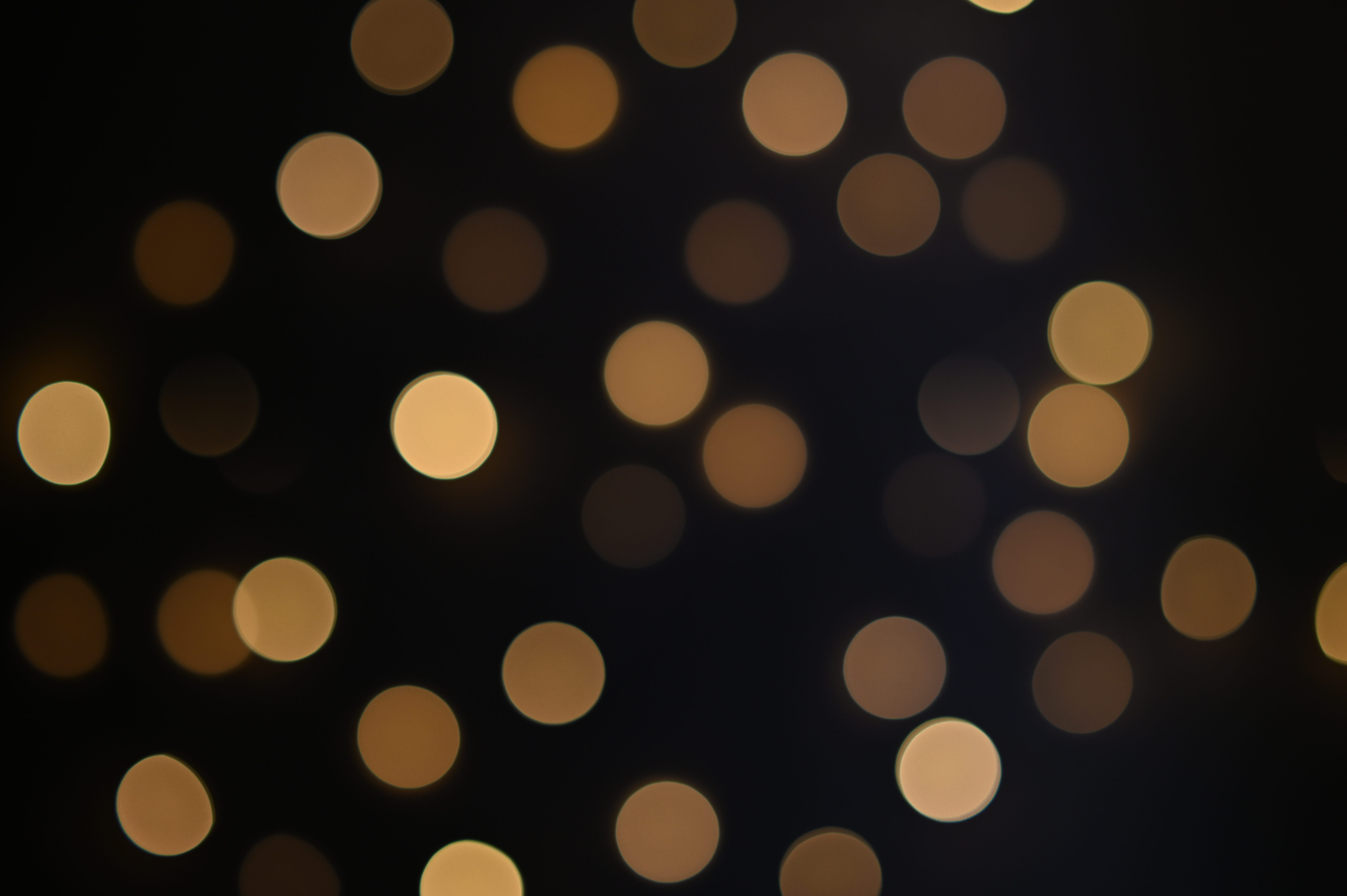
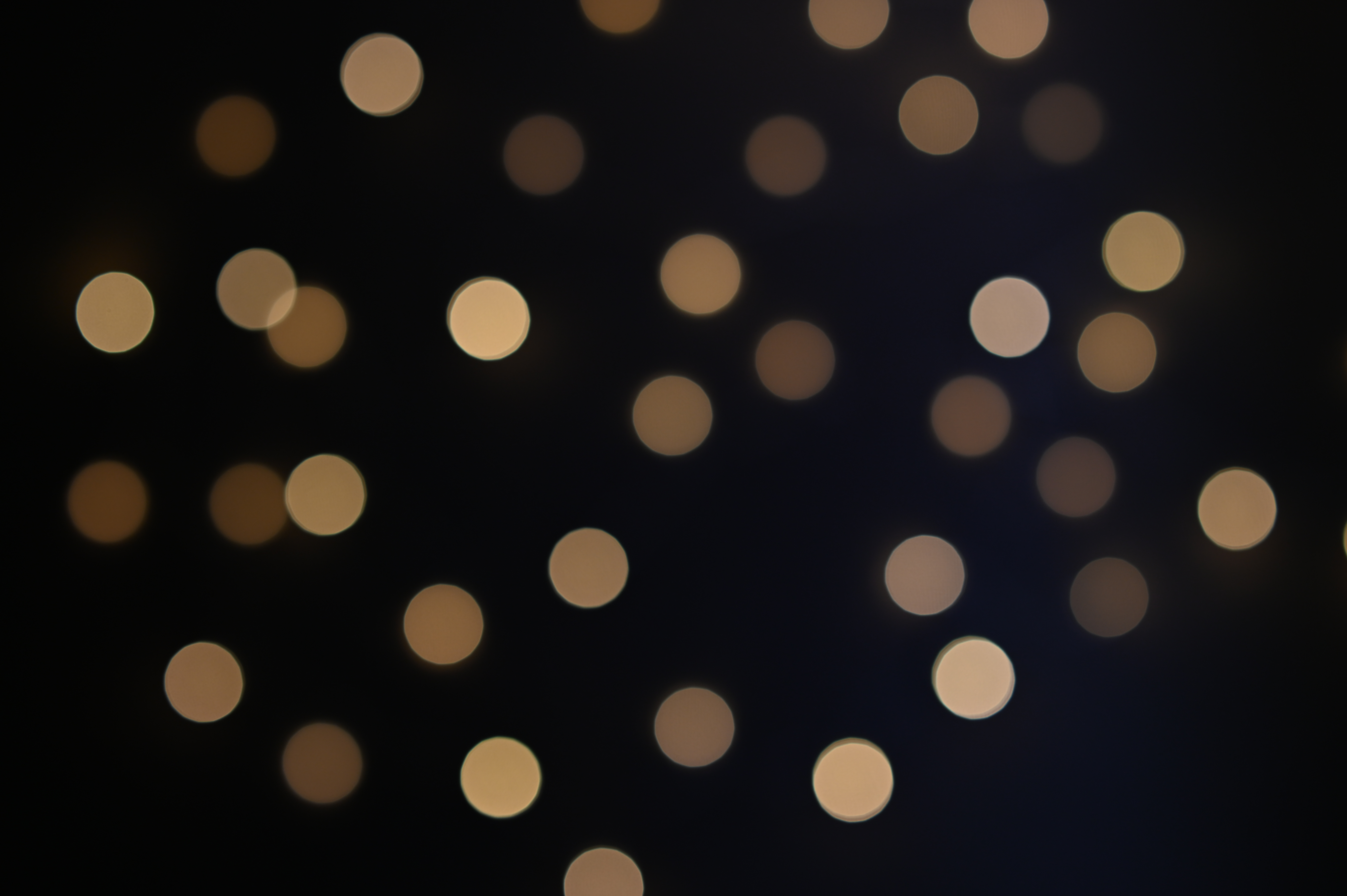
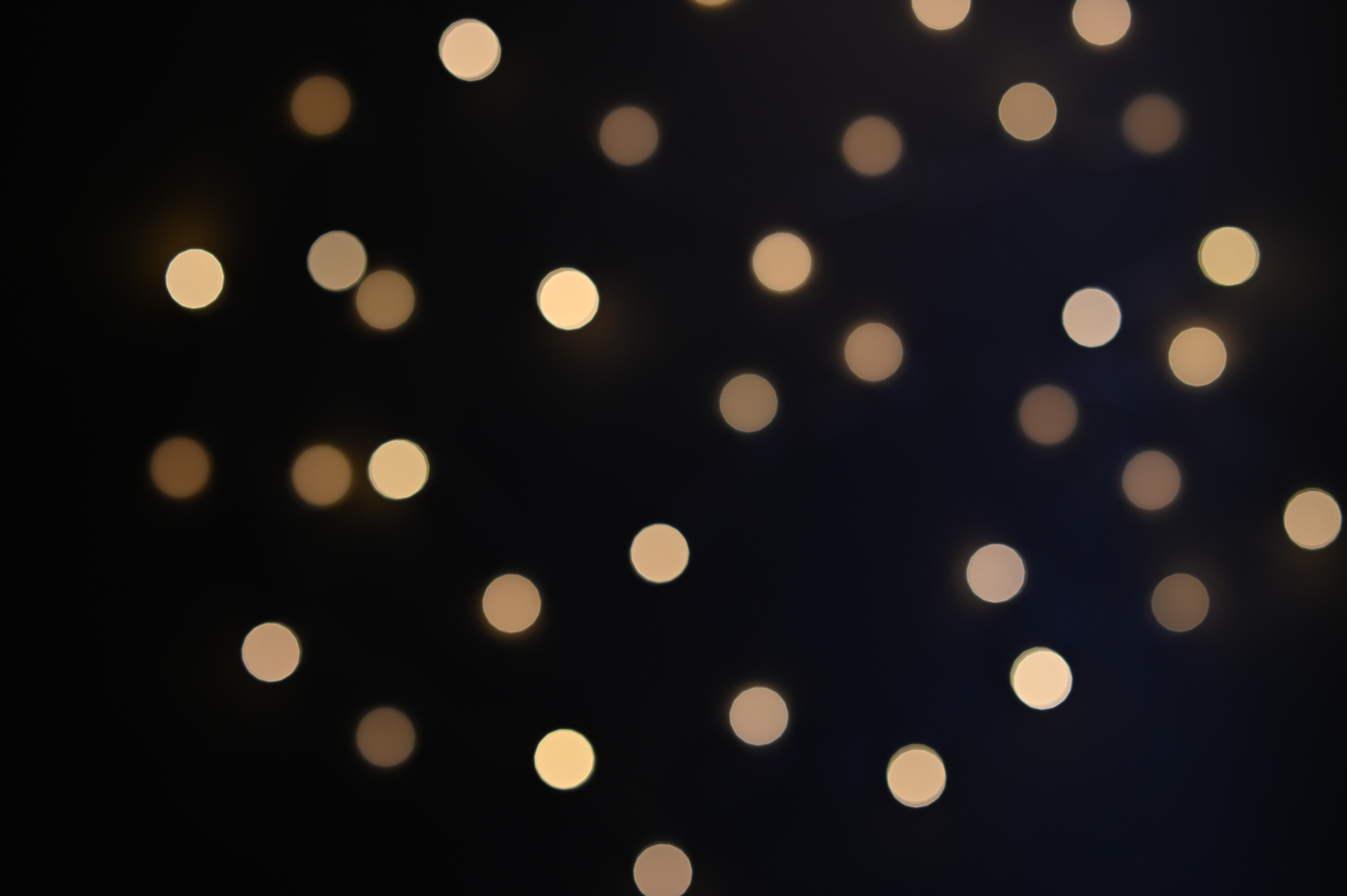
For keeping shutter speeds sufficiently fast under dim lighting, to freeze motion without bumping up your camera’s ISO setting too far, this lens has a lot going for it. The f/1.05 aperture also delivers a really tight depth of field, ideal for isolating objects in fussy scenes by blurring the surroundings. Considering the speed of the aperture rating, the lens is amazingly compact and lightweight, yet tough and well-built. Handling is very refined and image quality is excellent, making the lens standout value at the price.
Read more:
• Best 50mm lenses
• Best lenses for bokeh
• Best Canon RF lenses
• Best L-mount lenses
• Best Nikon Z lenses
• Best Sony lenses
Matthew Richards is a photographer and journalist who has spent years using and reviewing all manner of photo gear. He is Digital Camera World's principal lens reviewer – and has tested more primes and zooms than most people have had hot dinners!
His expertise with equipment doesn’t end there, though. He is also an encyclopedia when it comes to all manner of cameras, camera holsters and bags, flashguns, tripods and heads, printers, papers and inks, and just about anything imaging-related.
In an earlier life he was a broadcast engineer at the BBC, as well as a former editor of PC Guide.
